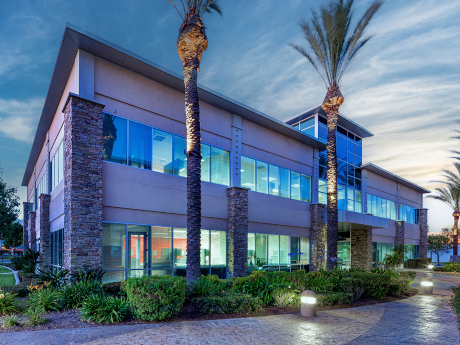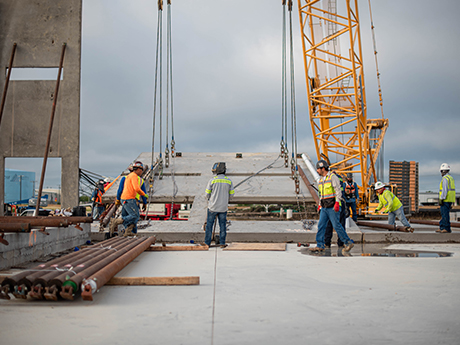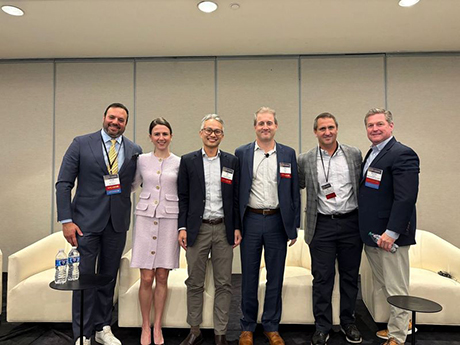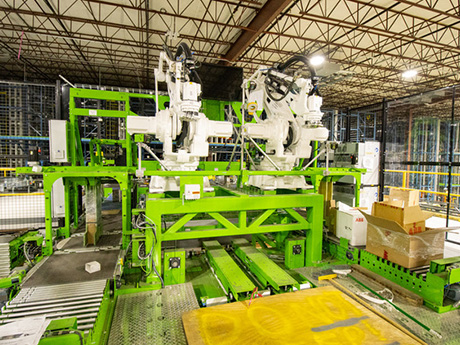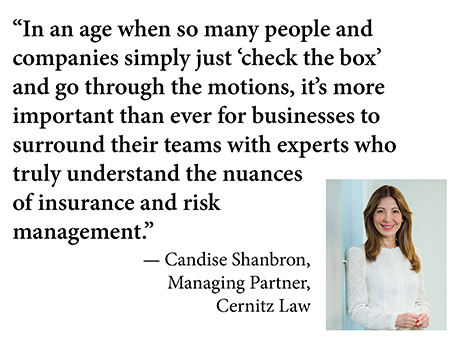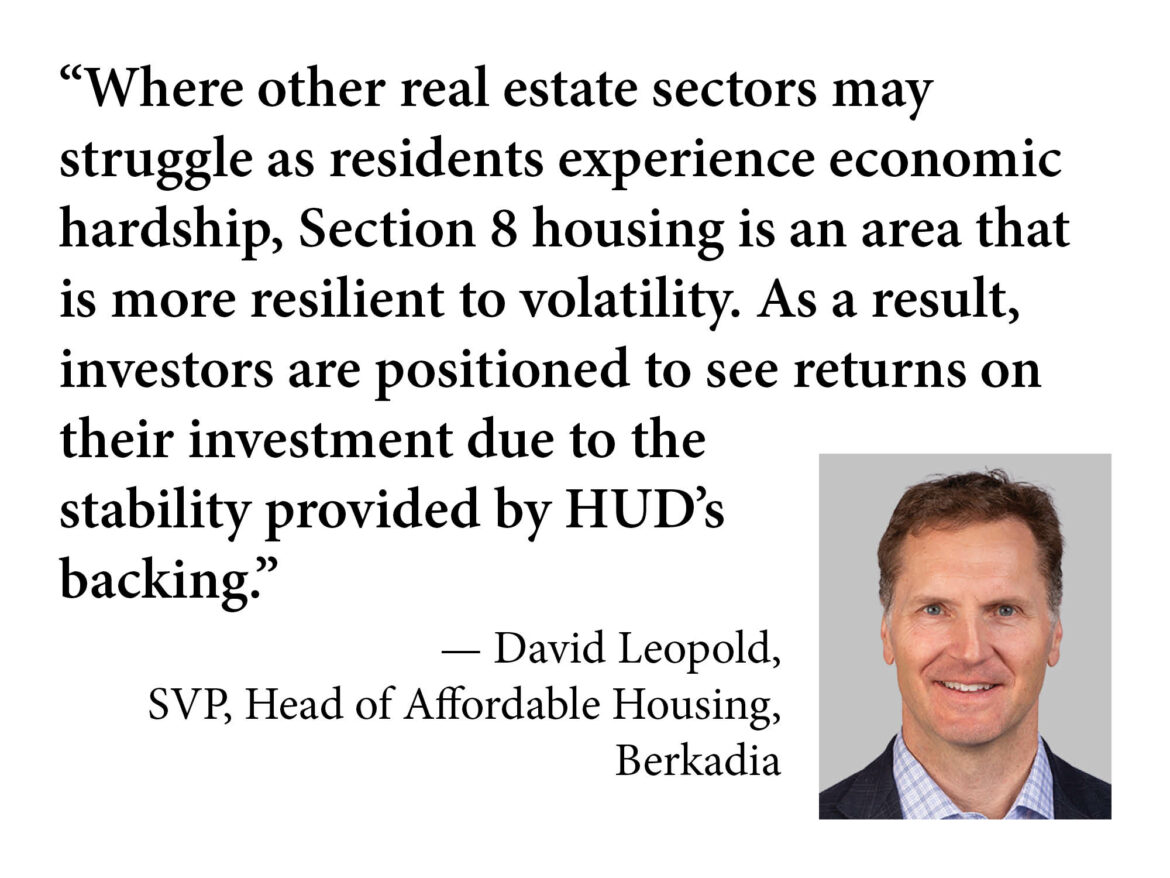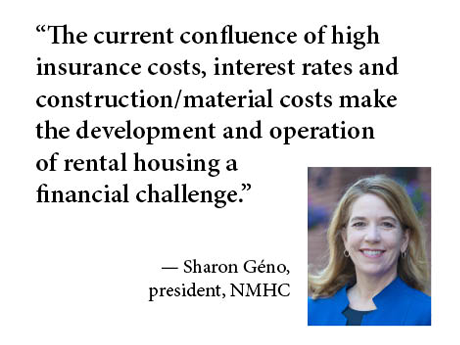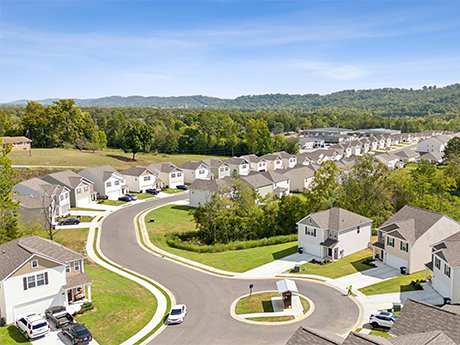By Timothy Rye, Esq., Larkin Hoffman Across the country, local governments are struggling to maintain revenue amid widespread property value declines, and as a result they are resorting to tax rate increases. This funding challenge increases the burden on owners of commercial properties that are already suffering and ultimately degrades property values and the overall tax base. Let’s examine how this unfortunate and predictable scenario plays out, and the negative impact it inflicts on commercial real estate values. Rate-to-Value Dynamics A commercial property’s taxes depend on its assessed value, which represents the property’s market value determined by a local government assessor. The assessed value multiplied by the tax rate determines the property tax owed. Taxing entities calculate the tax rate by dividing the budget, or dollar amount levied for an area, by the total assessed value of all properties within the jurisdiction. Taxpayers can multiply the resulting tax rate, also known as a mill rate, by the assessed value of their individual property to determine the tax owed. How can decreasing assessed property values lead to an increase in tax rates? When property values decline, the overall property tax base shrinks. The local government’s fiscal needs remain stable, however, or …
Features
By Ray Catlin, Texas regional vice president at LGE Design Build The construction industry is at a critical crossroads, facing an unprecedented labor shortage that threatens to disrupt project timelines, increase costs and impact overall quality. Over the course of 2025, the sector is projected to require an additional 454,000 workers — a gap that continues to widen as seasoned professionals retire faster than new talent enters the field. This labor shortage was first felt during the 2008–2009 financial crisis when the market downturn prompted many experienced workers to retire early or exit the industry entirely. While the industry saw periods of recovery in the years that followed, the COVID-19 pandemic reignited and exacerbated workforce disruptions, accelerating early retirements and prompting many to pursue careers in other sectors. Without proactive solutions, this workforce shortfall could jeopardize the industry’s ability to meet growing demand. Addressing the challenge requires a comprehensive strategy that embraces collaboration, innovation and workforce development. Consequences of a Growing Skills Gap The current labor shortage is driven by a shrinking pipeline of skilled workers. With only 9 percent of the workforce under the age of 25, the industry is struggling to attract younger generations into the trades. The …
By Casey Smallwood of SRS Real Estate Partners In today’s fiercely competitive quick-service restaurant (QSR) market, digital transformation and artificial intelligence (AI) are reshaping how brands operate, engage with customers and create value. An industry once defined by speed and consistency is now being reshaped by data, automation and intelligent personalization. Across the country, QSRs are embracing cutting-edge technologies to improve operations, enhance the customer experience and maximize profitability. From mobile ordering apps to AI-powered drive-thru automation and predictive inventory management, these innovations are redefining the QSR business model. To stay competitive and relevant in today’s fast-changing market, franchise operators, developers and commercial real estate investors must understand and adapt to these technology-driven shifts. At the heart of this evolution is digital transformation — the integration of digital technology across all aspects of the business. In the QSR landscape, this includes everything from mobile ordering apps, digital menu boards to contactless payment systems, smart kitchen equipment and sophisticated customer relationship management (CRM) tools. Unlike full-service restaurants that emphasize ambiance and table service, QSRs succeed by offering speed, convenience and consistency. Digital transformation amplifies these core strengths, allowing operators to serve more customers faster and more accurately while also collecting and …
Foundation Has Been Laid for Seniors Housing Investment Sales to Flourish in 2025, Says InterFace Panel
by John Nelson
LOS ANGELES — Dan Baker, director of capital markets for JLL, says the seniors housing and care industry doesn’t need to speculate on whether the market rebound is real or perceived because the numbers tell the story. “I think last year saw the most announced seniors housing transactions ever in a calendar year, not necessarily the most dollar volume,” said Baker during a recent investment panel discussion at InterFace Seniors Housing West in Los Angeles. Baker cited the lack of larger portfolios trading hands as the reason for the modest dollar volume in transaction activity in 2024. Editor’s note: InterFace Conference Group, a division of France Media Inc., produces networking and educational conferences for commercial real estate executives. To sign up for email announcements about specific events, visit www.interfaceconferencegroup.com/subscribe. According to research firm MSCI, property and portfolio sales in the seniors housing and care space totaled $13.2 billion in 2024 compared with $10.9 billion in 2023, a year-over-year increase of 21 percent. That’s still far below the $20.7 billion in deal volume notched in 2021. The data is based on independent reports of sales $2.5 million and above. One compelling trend noted by Baker is the tremendous growth in net operating …
By Justin Spafford, construction executive at Caddell Construction In today’s fast-paced e-commerce landscape, consumer expectations for rapid, accurate delivery are reshaping supply chains. To stay competitive, retailers and logistics providers must embrace automation to enhance efficiency and meet growing demand. This transformation is happening amid broader shifts within the commercial real estate industry, including reshoring and increased reliance on automation tech. Rather than investing in costly new construction, many companies are opting to retrofit existing facilities with modern automation. This approach maximizes value and allows businesses to adapt quickly to market shifts without significant downtime. Caddell Construction has played a role in this transformation, having completed over 25 automation projects nationwide. Our current work includes nine automation projects across the United States, with another five in preconstruction and scheduled to start in the second quarter. The numbers highlight the urgency of this shift. U.S. retail e-commerce sales for 2024 are projected to reach $1.37 trillion, representing a more than 10 percent increase from the previous year, according to CapitalOne. Meanwhile, the warehouse automation market, currently valued at $19.2 billion, is expected to grow to $22.8 billion by 2030. The broader industrial automation sector is also expanding rapidly, with projections increasing …
By Candise Shanbron, Esq., managing partner at Cernitz Law No matter where owners of commercial properties stand politically or how they feel about issues like climate change, one undeniable fact is that natural disasters are becoming increasingly common. In high-risk geographical areas, such as coastal regions and areas that are prone to wildfires, hurricanes, tornadoes and floods, these disasters are happening with greater frequency and intensity. As these events grow more widespread, the conversation surrounding commercial property insurance and risk mitigation has become a central issue. Whether it’s a single building or a large portfolio, understanding the evolving landscape of risk and property management and insurance is important for owners’ long-term success. Although not related to a natural disaster, it’s worth noting that in the aftermath of the 2021 Champlain Towers South condominium collapse in Surfside, Fla., the state quickly imposed stricter recertification guidelines, such as a 30-year inspection mandate (dictated by the county), with follow-up inspections on shorter time frames. This new mandate has placed an unexpected financial burden on individual condo owners, who now face hefty assessments they did not anticipate when they first purchased their units. Across high-risk markets like Florida, California and other disaster-prone regions, property …
By Faizan Zaidi, director of design technology, Spectorgroup As the commercial real estate market cycles through periods of challenge, savvy owners and investors can leverage advanced technologies to position themselves for growth and mitigate future risks. Commercial real estate services giant CBRE is predicting a moderate recovery in investment activity throughout 2025, following a near 50 percent drop in office sector valuations in April of 2024, according to data from California-based management firm A Street Partners. As such, the volatility of today’s landscape underscores the importance of long-term strategic planning to navigate shifting market conditions, mitigate risk and position assets for growth. Today, major advances in technology are helping to streamline project timelines while enhancing decision-making, thus equipping decision-makers with the tools to navigate the ever-evolving building landscape more effectively. With regard to project deliveries over the past decade, the industry has seen a major shift in key areas of focus. Whereas firms and clients alike were previously concerned primarily with speed of execution and the delivery of the final product, collaborators today are asking how projects are delivered, emphasizing cost-efficiency and the use of proper digital tools. As clients become more discerning, firms must adapt and incorporate more advanced …
By David Leopold, SVP, Head of Affordable Housing, Berkadia In today’s shifting real estate landscape, investors increasingly prioritize stability and long-term value. One sector that has consistently demonstrated stability is affordable housing — particularly Section 8 properties backed by the U.S. Department of Housing and Urban Development (HUD). With guaranteed rental income and high demand, Section 8 housing has become an attractive investment vehicle for those looking to diversify their portfolios while contributing to the critical need for affordable housing. As part of this trend, in 2024 Berkadia financed $837 million and sold more than $172 million in Section 8 properties, including the sale and financing of Lauderhill Point, a Section 8 affordable housing community in Fort Lauderdale, Fla. This arrangement underpins the firm’s affordable housing expertise, employing production leaders with an average of 25 years in the sector. For investors exploring opportunities in affordable housing, success depends on understanding the unique benefits and requirements of Section 8 properties. Section 8 Housing as a Safe Haven The largest federal subsidized housing program in the United States, project-based Section 8 provides financial assistance to millions of households across the country, making it a steady source of demand that can give …
WASHINGTON, D.C. — Rising insurance costs are standing in the way of building more affordable housing. According to a survey from the National Multifamily Housing Council (NMHC), about 77 percent of owner/developer firms reported rate increases of up to 20 percent or more compared with 2023 costs. NMHC’s 2024 State of Multifamily Risk Report attributes the high costs to a variety of factors, including increased cost valuation, limited capacity within the reinsurance market, shrinking underwriting capacity and restricted availability of guaranteed cost/zero deductible programs. Previous NMHC research, such as the 2023 State of Multifamily Risk Report, indicated that supply chain issues and high inflation led to higher construction and replacement costs. As insurance costs rise, insurance companies increase the minimum amount a property must earn in revenue to remain financially viable. These costs can be especially detrimental to affordable housing providers who develop rate-capped units. However, while insurance rates remain significantly elevated compared with historical norms, the report also found that there was some stabilization in the property insurance market in 2024. Last year marked the first decline in rates since 2017, after 27 consecutive quarters of growth. The report attributes this temporary stability to increased capacity and competition in the property insurance …
Late last summer, optimism ran steady across the multifamily investment sales market. Prior to the Federal Reserve’s initial rate cut in September 2024, interest rates had remained stable throughout the year. The outlook was positive. But that more ebullient market proved temporary. The Fed’s interest rate cut had a positive effect on the secured overnight financing rate (SOFR), which fell from 5.3 percent on Sept. 18, 2024, to 4.3 percent in early February 2025. The U.S. 10-year Treasury yield rose during the same period. On Sept. 18, 2024, the 10-year yield closed at approximately 3.7 percent, and it stands at 4.5 percent as of Feb. 17. As a result of these factors, a bid-ask spread between apartment buyers and sellers has re-emerged, and transactions largely continue to follow the lackluster pace emblematic of the market since the cost of capital skyrocketed over a roughly 18-month period beginning in early 2022. The lack of sales has also suppressed the plans of property investors who want to take advantage of Section 1031 of the U.S. Internal Revenue Code. The provision allows sellers to defer paying capital gains taxes by using the sales proceeds to buy a similar, or “like-kind,” asset. But upon …


